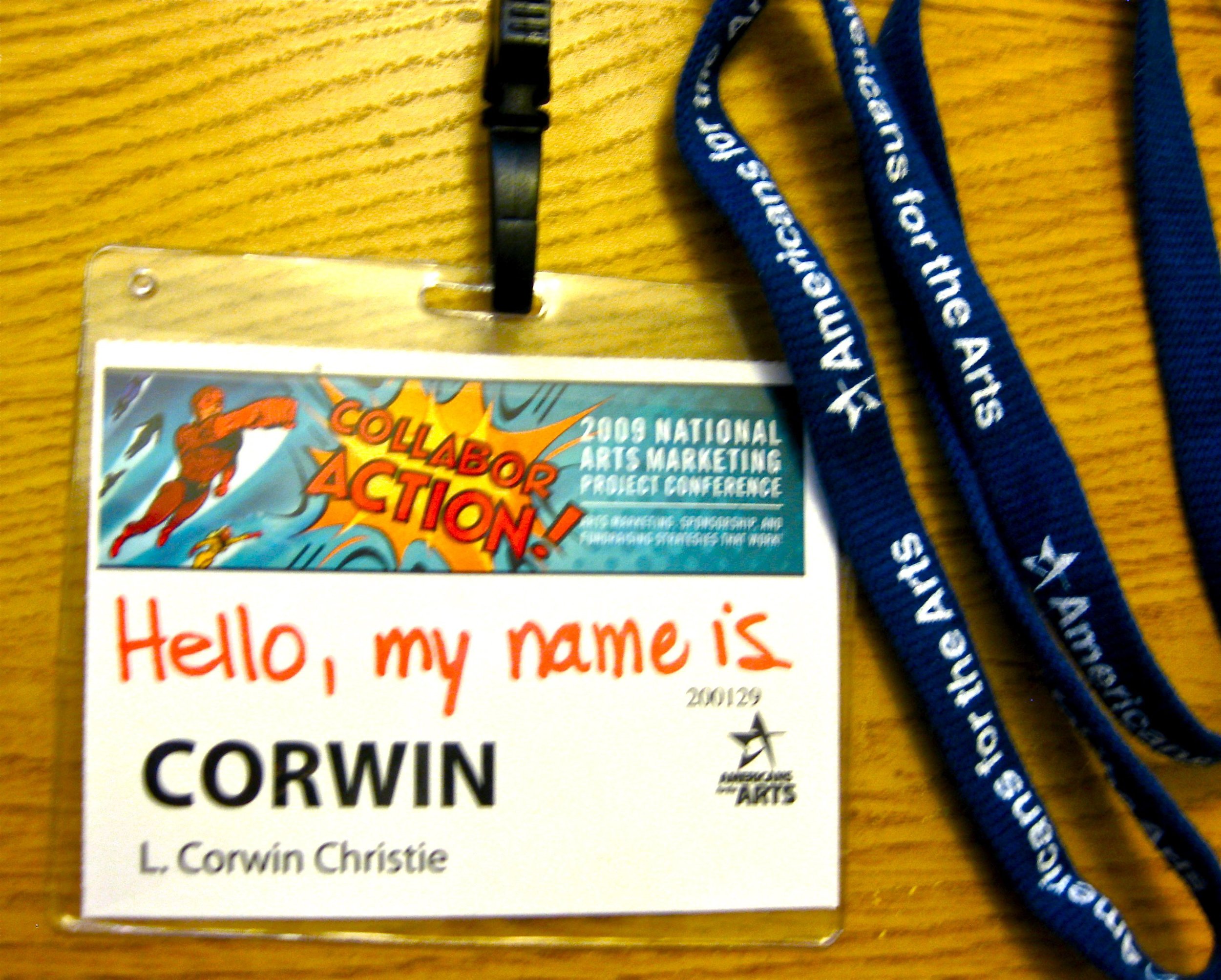The business of trust is complicated. The topics of trust, authenticity, and transparency have emerged as what consumers expect from businesses today (MultiVu - PR Newswire, 2020). This study looks at the entertainment industry and how these topics are central to the relationship between media and entertainment companies and consumers. Findings reveal simple but pivotal changes businesses can make to succeed.
New Tech Impacts Ancient Sites
Last April, contributor Jana Fredricks attended the 2018 Museums and the Web conference in Vancouver. Amidst the chatter of digital collections, online audience engagement, and shiny new tech, she presented research on three technologies that have changed the way cultural heritage sites are understood and documented in the digital age. Her paper, Digital Tools and How We Use Them: The Deconstruction and Reconstruction of Cultural Heritage in Syria, was presented in a panel entitled Post-Colonial Digital.
Know who you are, be who you are, and have fun figuring out what works: NAMP reflection
I apologize for my delay in getting this up. In the spirit of the subject of this post, I'll be honest: I just wasn't satisfied with it. Repeatedly I tried to write about authenticity, and it was schlock. So I give you the intended post (happily abbreviated), plus an offshoot (bonus!) thought.
The final reflection on the NAMP Conference, I would like to call attention to the importance of conducting your organization's online presence with authenticity, and of taking a deep breath and just experimenting to see what works for you.
We can all access information at the touch of a button. Our phones are smarter than we, the internet is pervasive (and invasive?), and finding out the truth is easier than it's ever been. If you are being disingenuous, you can bet that your audience will know.
Web 2.0 means audiences may instantly learn about organization, the people who make it work, and the reasons behind its existence. Audiences are afforded the opportunity to connect with you in new ways that seem to be personal because they defy "conventional" marketing practice. This means that your organization must speak with a unified voice, with clarity of intention, and with honesty. Web 2.0 transcends the boundary of cover-ups and spin doctoring. Be honest, be real, and your audience will appreciate you all the more. Quick and dirty tip from the NAMP session "Command the Cultural Marketplace": Know who you are, BE who you are, and make others know and understand who you are.
Audiences will sense this authenticity, and will appreciate the additional things that you do to make your organization accessible (though, of course, they may not understand how very time-consuming it may be!).
In this vein, the very last NAMP take-away was one that Rich Mintz introduced in his plenary address, and which became a bit of a rallying cry: “Throw spaghetti at the wall and see if it sticks.” Translation? Just try stuff. If it doesn’t work, toss it, but at least give it a shot. You will probably discover things that DO work for your organization, and how exciting is that? I was reminded how important this is when I attended a round-table discussion the other day that was attended by many different individuals from many different types of arts organizations. The purpose of the meeting was, in fact, to reflect on much of what we had learned at NAMP. As we discussed various sessions and reflections, a few of the attendees were visibly alarmed by the daunting prospect of tackling some of the social media and technologies that we were discussing, including developing the sort of e-mail marketing plan that I discussed here, or establishing a YouTube channel or blog. It can be overwhelming, so choose one or two areas you want to work on. E-mail and Facebook, perhaps? But really give it a shot.
As NAMP presenters Chris Elam, Rich Mintz, Jeffrey Inscho, Gene Carr, and Chad Bauman will tell you—not everything works. But don’t let the fear of failure keep you from trying. If you are being authentic your audience will identify with you and appreciate your efforts. Nobody is going to fault you your failures (sometimes those leave as much of an impression as your successes—look at all the conversation that the Seattle Opera's attempt generated).
So take a deep breath. Get your staff together and be sure you're on the same page with your online presence. What could you do more of? What social media tools are your friends, staff, audience using that your organization isn't? How do you want your staff voice to be heard--from individual accounts or one overarching organizational account? Will there be different user names? Are you doing things that are working? Are you doing things that aren't? Can you quantify the success or failure? (If not, get analytic tools NOW--Google Analytics is free.) Are you or is someone on staff particularly interested in trying out a particular tool, like building a Flickr account, and willing to work on that and see how it can benefit your organization? Ask these and more questions, and build a plan. Remember--it doesn't have to be a runaway success from the start. But know what it is you want and try things to get that result.
Now go have some fun.








